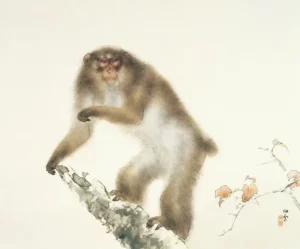
Monkey in Japanese Folktales: A Story About the Moon!
One of the best-known Japanese folktales is “The Monkey and the Moon,” in which animals mistake the moon’s reflection for the real thing. The story is a quiet lesson about illusion and reality.

One of the best-known Japanese folktales is “The Monkey and the Moon,” in which animals mistake the moon’s reflection for the real thing. The story is a quiet lesson about illusion and reality.
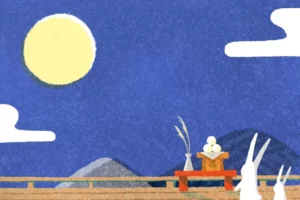
The moon is vital in Japanese culture; it symbolizes change, mystery, and peace. Poetry, folklore, and festivals draw from the nation’s long history with the lunar cycle. Artists across the centuries have used it as inspiration. Some simply tried to capture its beauty or explain its deeper meaning. Japanese moon art in particular captures this.
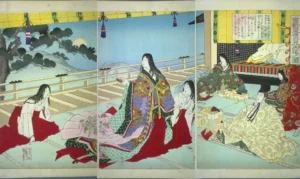
Ever since the Heian era (794-1185), the moon has been a symbol of beauty, emotion , and the passing of seasons. The tradition of tsukimi, or “moon viewing,” captures this idea perfectly.
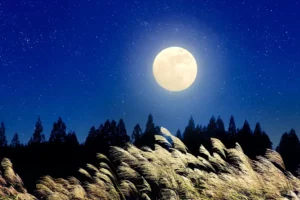
The tsukimi season casts an enchanting aura over Japan each autumn when the full moon reaches its brilliance. Here’s everything you need to know about it!
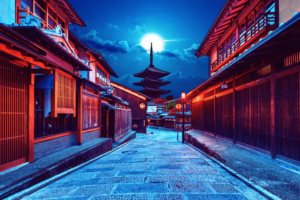
Every year, in Kyoto, they celebrate tsukimi. Though Kyoto is very much a modern place, it has retained a great amount of its pastoral charm.
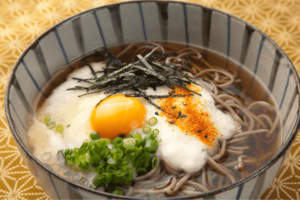
Let’s explore the traditional tsukimi food that are eaten and offered to the moon during the midsummer festival.
Join our newsletter and receive tasty news and deals
Thanks! We just sent you an email to confirm your subscription. To finish signing up, please click the confirmation link in the email.
Error